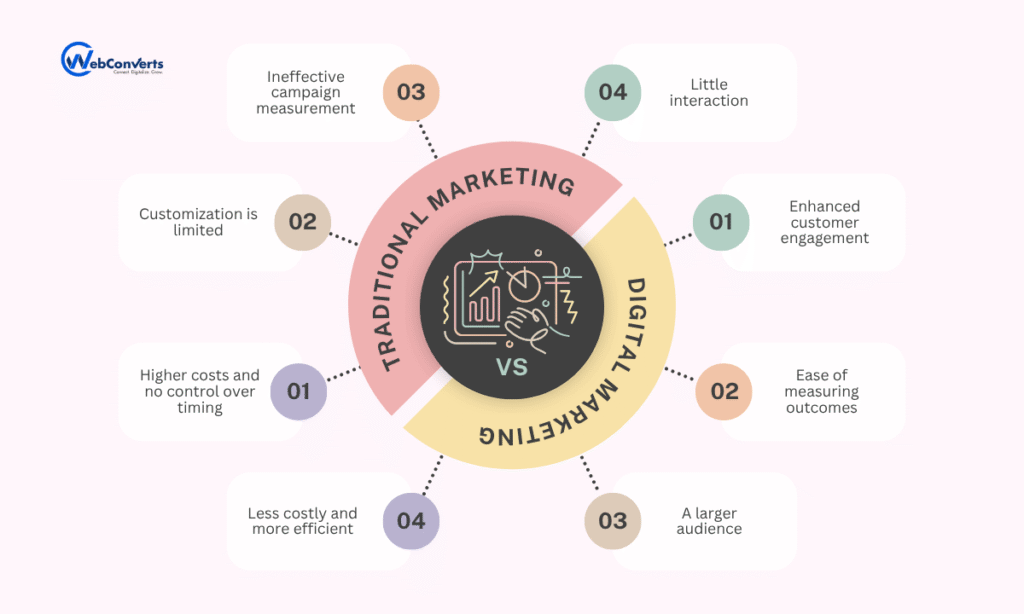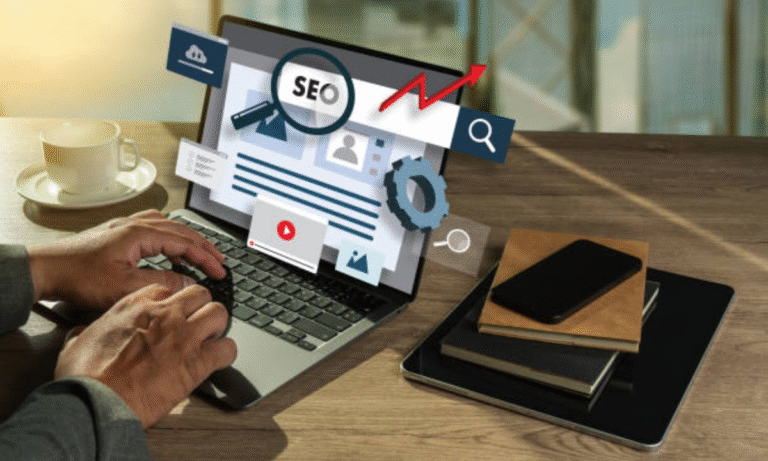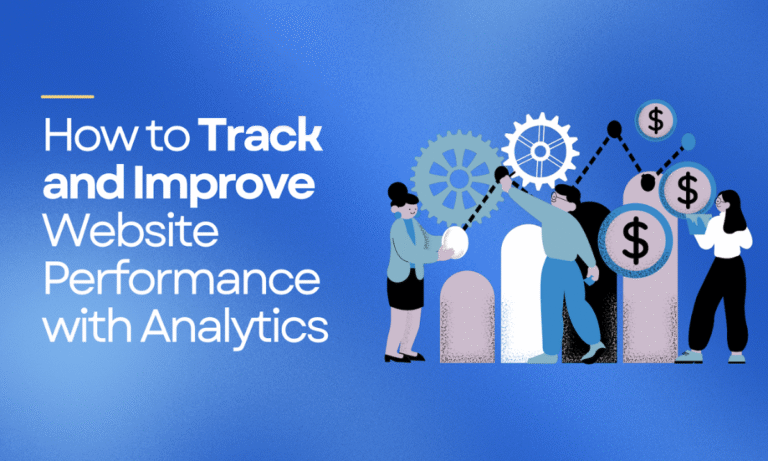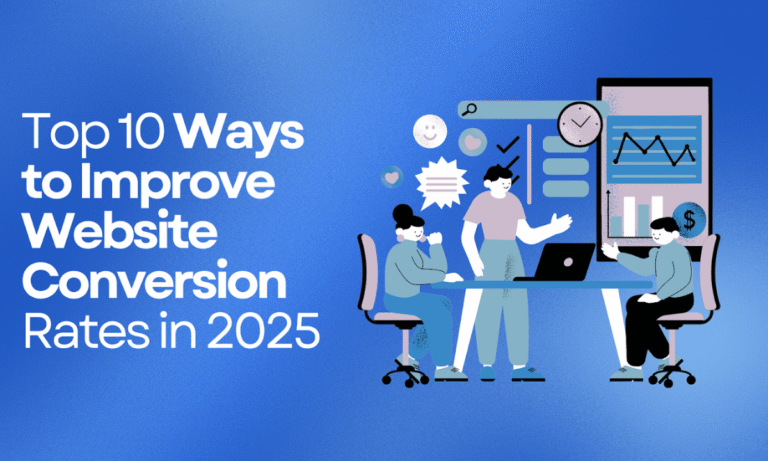The marketing landscape is no longer a debate—it’s a battlefield. While traditional marketing relies on spray-and-pray tactics (think billboards on MG Road or newspaper ads that 72% of readers skip), Digital Marketing Campaigns operate with surgical precision, targeting users who searched “best CRM for startups Bangalore” 47 minutes ago.
Consider this: A 2024 study by TRAI revealed that performance-driven brands in India achieve 3.2 times higher conversions through digital channels compared to traditional methods. Yet, many businesses still allocate budgets to TV spots and print ads—strategies that have remained essentially unchanged since the 1990s.
Here’s what most agencies won’t tell you:
- Traditional marketing (TV, radio, print) struggles with attribution—you can’t track if a sale came from a Times of India ad or word-of-mouth.
- Digital marketing dominates due to its real-time optimisation, hyper-targeting (e.g., showing ads only to CFOs in Whitefield who have visited your pricing page), and measurable ROI down to the paisa.
This isn’t about choosing sides—it’s about allocating resources where conversions happen. Let’s dissect the data, expose hidden inefficiencies, and reveal why India’s top-performing brands, especially those in Bangalore’s tech corridor, are allocating 70% or more of their budgets to digital.
Digital Marketing Campaigns | The Engine of Modern Conversion
Forget spray-and-pray tactics. Today’s digital marketing campaigns function like precision-guided missiles, leveraging three technical pillars that traditional channels simply can’t match:
1. Multi-Touch Attribution: Ending the Guesswork
Traditional marketing operates on a flawed “last touch” model, crediting a sale to the final ad viewed. In reality, 83% of Indian buyers interact with seven or more touchpoints before making a purchase (Google Analytics 4 benchmarks). Modern attribution tracks:
- Micro-moments: A user might see a LinkedIn carousel, ignore it, then convert after a retargeting ad during their evening YouTube session.
- Cross-device paths: That “abandoned cart” on desktop often converts later via a mobile UPI payment after a reminder SMS.
2. Algorithmic Bidding: The Bengaluru Traffic Hack
Platforms like Google Ads now auto-adjust bids based on real-time signals:
- Location-based throttling: Reduce bids by 40% during peak traffic hours (7:00-9:00 AM, 6:00-8:00 PM) when Bengaluru commuters are most likely to ignore mobile ads.
- Weather triggers: Increase spends by 25% for food delivery ads when rain is forecast in Koramangala (Swiggy’s proven tactic).
3. A/B Testing at Warp Speed
While a newspaper ad runs unchanged for weeks, Meta Ads Manager lets you:
- Test 27 headline variants simultaneously using generative AI.
- Auto-pause underperforming CTAs (e.g., “Buy Now” vs. “Get Discount” buttons) within 2 hours based on statistical significance.
Case Study: The Malleshwaram Saree Revolution
A D2C brand targeting local saree buyers:
- Traditional: Full-page Deccan Herald ad → 3% conversion rate (₹92 CPA).
- Digital: Instagram ads geo-fenced to 5km + “UPI Scratch Card” offers → 19% conversions (₹18 CPA).
- Killer detail: They excluded users who visited malls (via location data) since those buyers preferred offline browsing.
The Scope of Digital Marketing in India | Why Traditional Channels Can’t Compete
India’s digital adoption isn’t just growing—it’s exploding in ways that make traditional marketing look archaic. Consider these data-backed realities:
Tier 2/3 Cities Are Outperforming Metros
- Vernacular Search Dominance: 48% of Google searches in India are now in regional languages. A Jaipur-based jewelry brand experienced a 200% increase in conversions by simply switching its ad copy from English to Hindi and Marwari.
- UPI + Social Commerce Fusion: 33% of all social media purchases in India are completed via WhatsApp checkout links (Razorpay 2024 data). Traditional channels lack a comparable frictionless buying experience.
The ONDC Effect: Digitizing Local Commerce
The government’s Open Network for Digital Commerce (ONDC) is pulling offline businesses into digital:
- Kirana Stores: 28% of Bangalore’s local grocers now drive 40%+ of sales through WhatsApp catalog ads—zero newspaper budgets required.
- Service Providers: Electricians and plumbers in Hyderabad are utilising geo-targeted Google Local Services Ads to replace unreliable classified ads.
Traditional’s Fatal Flaws in the Digital Era
No Real-Time Optimization: A TV ad airing during IPL can’t adjust its message when RCB loses (unlike Twitter Trends-triggered creatives).
- Wasted Spend: 61% of newspaper readers immediately discard ad inserts (NRS 2024).
- Zero Personalisation: A billboard in HSR Layout displays the same message to a startup founder and a retired banker—while their Instagram feeds show radically different call-to-action (CTA) messages.
A Whitefield Saas company shifted its ₹50 lakh annual budget from tech magazines to LinkedIn Lead Gen Forms and retargeting. Result: 70% cheaper leads with complete job title/company data attached—something print could never deliver.
The Hidden Costs of Traditional Marketing | What Your Agency Won’t Tell You
Let’s cut through the nostalgia—traditional marketing isn’t just outdated; it’s hemorrhaging money through invisible leaks most businesses ignore. Here’s the forensic breakdown:
The Attribution Black Hole
A ₹5L newspaper ad might generate 100 calls, but without UTM tracking, you can’t determine:
- How many callers were existing customers
- Which publication drove conversions (when running ads across 3 papers)
- Why 72% of callers didn’t convert (no session recordings like Hotjar provides)
A Koramangala restaurant discovered that 60% of ‘new customers’ from their Times of India ad were regulars redeeming the coupon—meaning ₹3 lakh was wasted on cannibalisation.
The “Fake Reach” Epidemic
- TV Ads: 38% of connected TV users skip ads immediately (Nielsen 2024)
- Radio: Only 12% of Bengaluru commuters recall ads played during traffic jams (vs. 89% recall seeing Swiggy’s rain-themed Instagram ads)
- Billboards: 1.2 seconds average view time on ORR (EyeTracking India study)—barely enough to register a phone number
The Opportunity Cost
That ₹10L spent on a hoarding near Hebbal? It could’ve funded:
- 14 high-intent Google Search campaigns for “cloud kitchen Bangalore” (₹700/conversion)
- 6 months of SEO for “co-working space Whitefield” (generating 90 organic leads/month)
Agency Red Flags: If your vendor claims “TV builds trust,” ask for click-to-call tracking for their TV ads and proof their billboard designs were tested via Meta Ad mockups first (saves 80% on creative costs)

Performance Metrics | Digital vs. Traditional Marketing
Bangalore-Specific Data Comparison
| Metric | Traditional Marketing | Benefits of Digital Marketing | Why Digital Wins |
|---|---|---|---|
| Cost Per Acquisition (CPA) | ₹4,000 (50 leads from ₹2L newspaper ad) | ₹800 (CRM-tracked leads from ₹50K Google Ads) | 80% cheaper, qualified leads |
| Audience Targeting | Billboards near Silk Board seen by 90% irrelevant commuters | LinkedIn ads targeting only startup founders in Koramangala | Zero wasted spend |
| Real-Time Adjustments | Magazine errors stay live for 30 days | Underperforming Facebook ads paused in 2 hours | Prevents budget bleed |
| Upsell Opportunities | No way to retarget past buyers | Email sequences to customers who bought ₹5K+ items | Boosts CLTV by 3x |
| Monsoon/Traffic Hacks | Static hoardings get ignored in rain | Swiggy-style weather-triggered ads (+25% conversions) | Capitalises on context |
Usual Rates Case Study:
- Traditional: ₹3L/month ORR billboard → 12 calls (₹25,000/call).
- Digital: ₹1.5L Meta+Google spend → 98 calls (₹1,530/call) + 37 in-store check-ins (via QR scans).
Conclusion
The debate between digital and traditional marketing isn’t about preference—it’s about results. While conventional methods still hold niche value for broad awareness, digital marketing delivers measurable conversions, precise targeting, and real-time optimisation that outdated channels simply can’t match.
Your Next Step
If you’re ready to shift from “spending” to investing, let’s audit your current strategy. We’ll identify:
- Where your budget is leaking
- Which digital tactics will maximise your ROI
- How to compete smarter in Bangalore’s crowded market
Running a business is hard enough—juggling ads, algorithms, and analytics shouldn’t be your full-time job. As a Digital Marketing Agency in Bangalore, we have helped over 217 businesses reduce wasted ad spend and increase conversions. Whether you need a one-time strategy tune-up or an end-to-end performance partner, we’re here to help.





